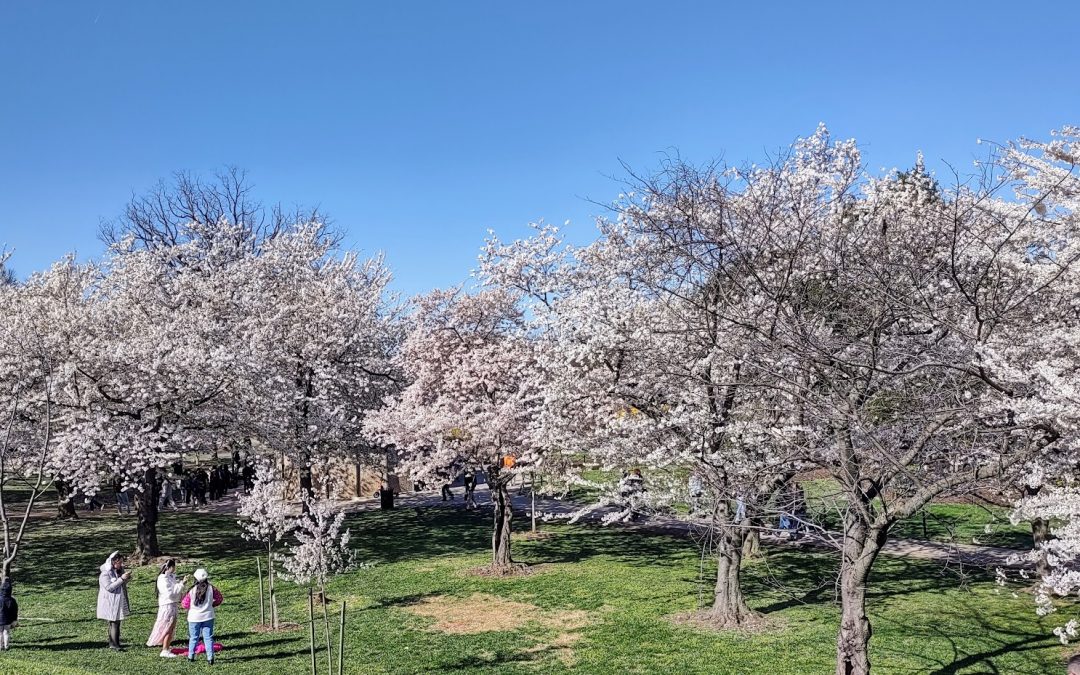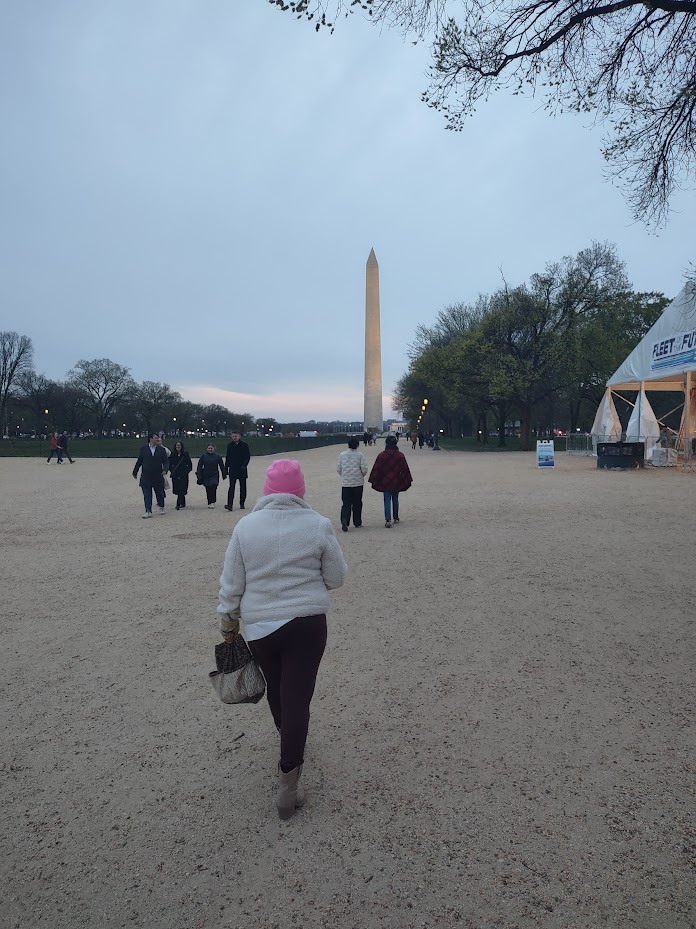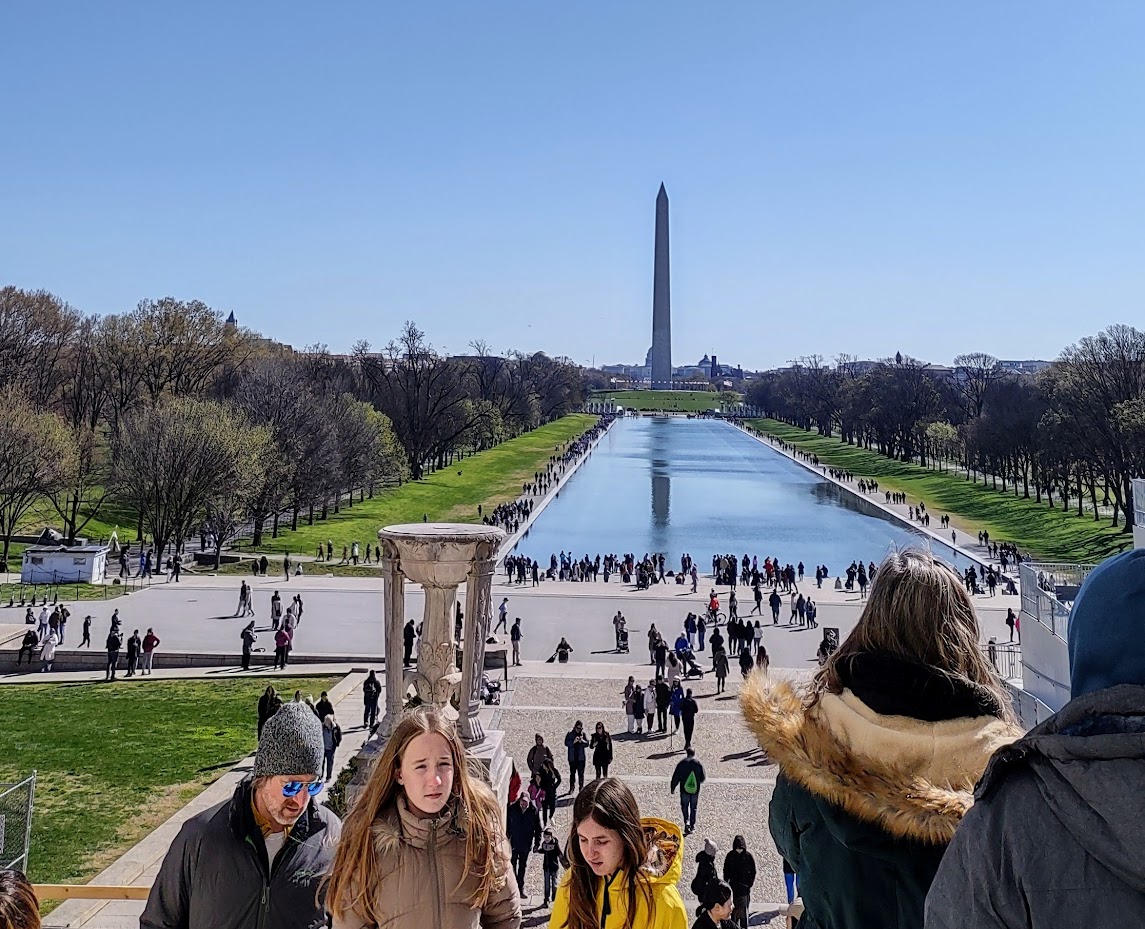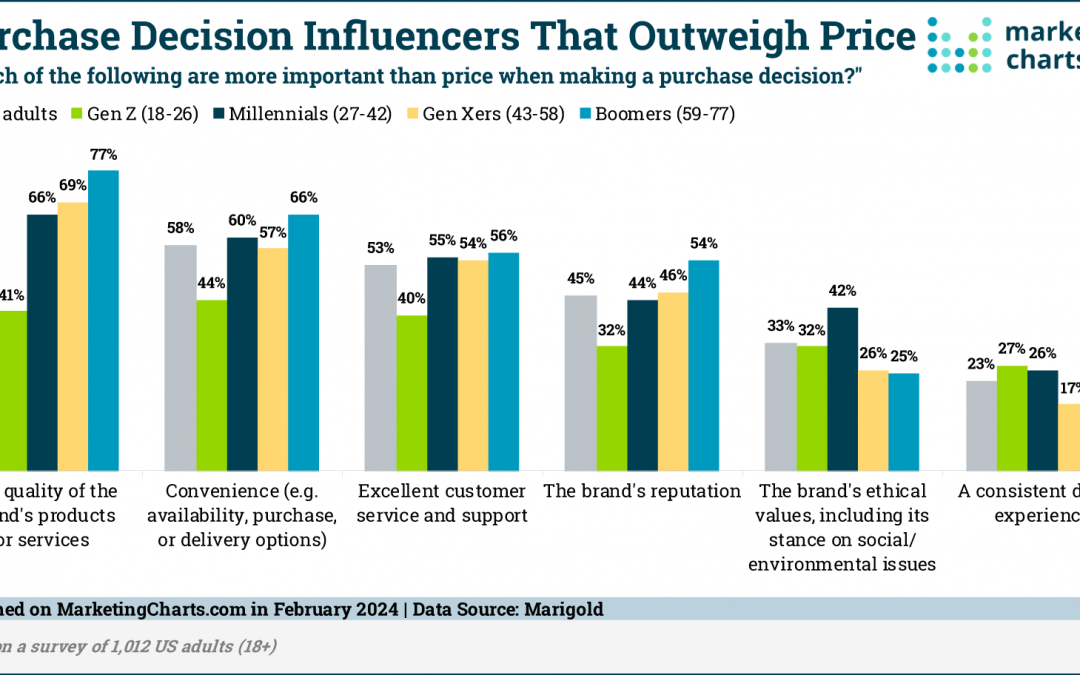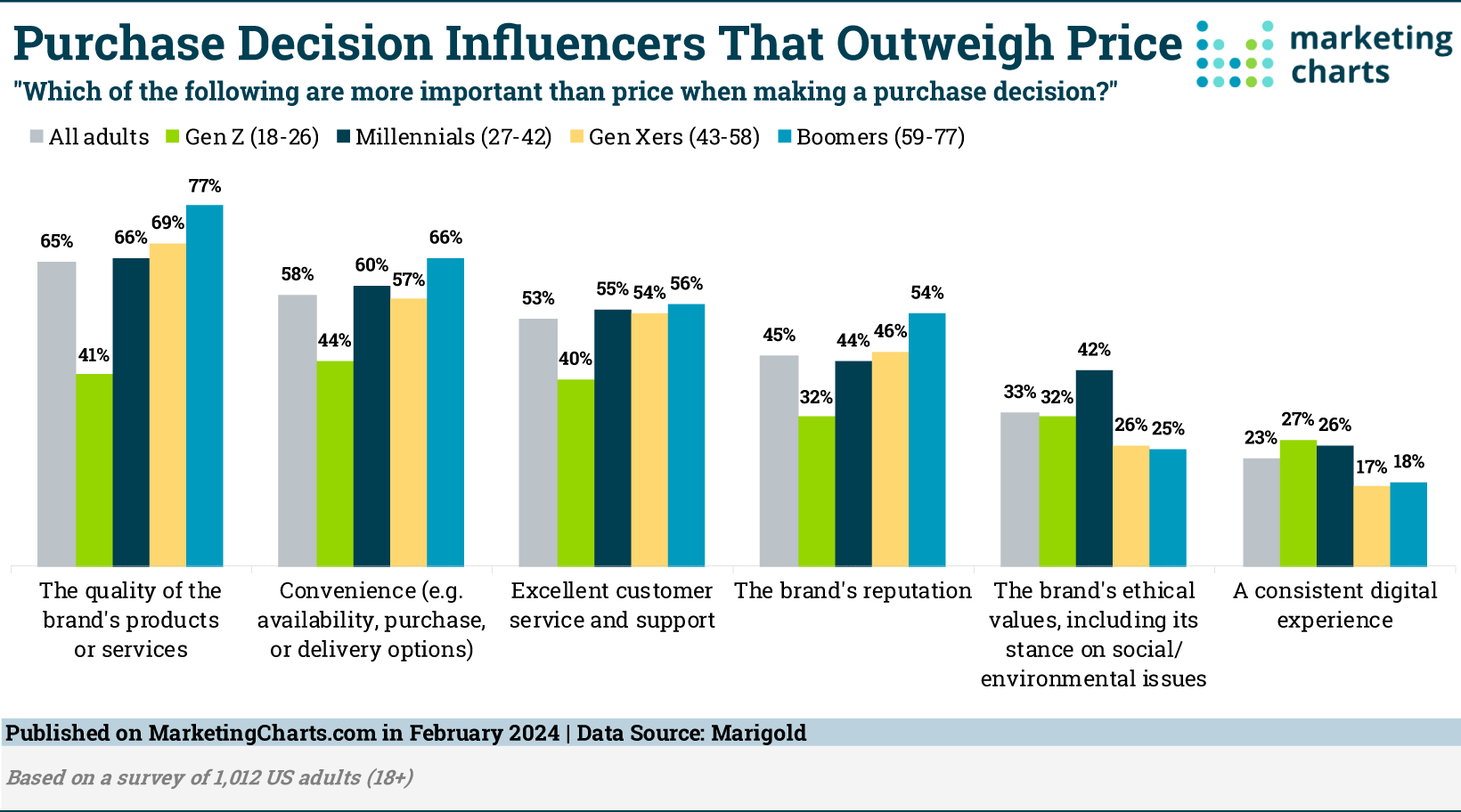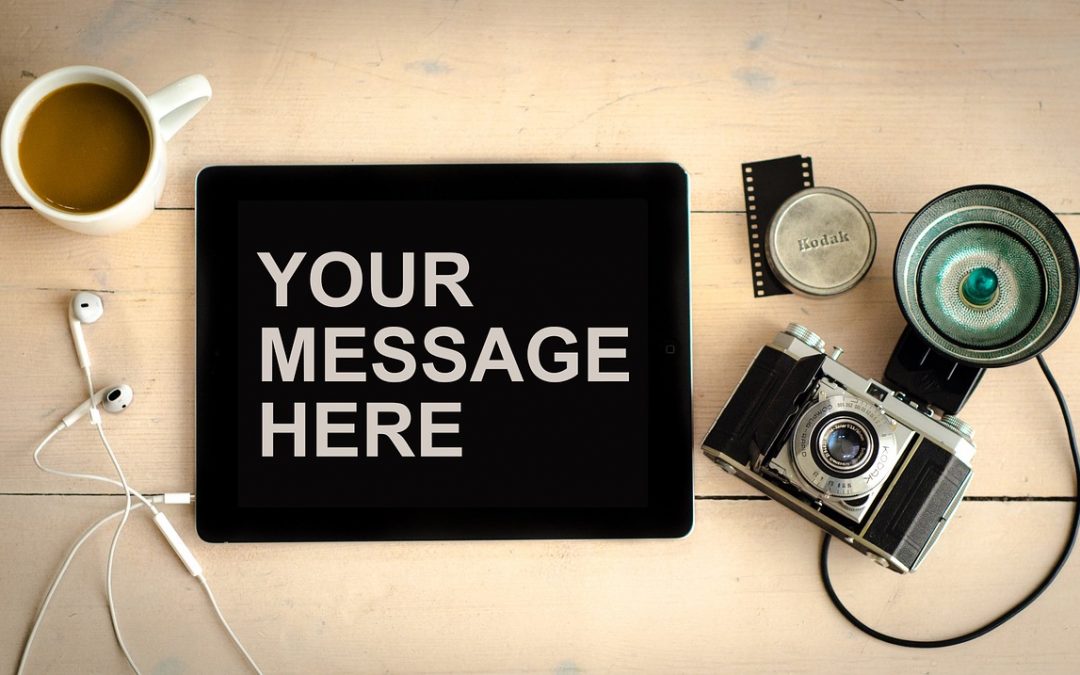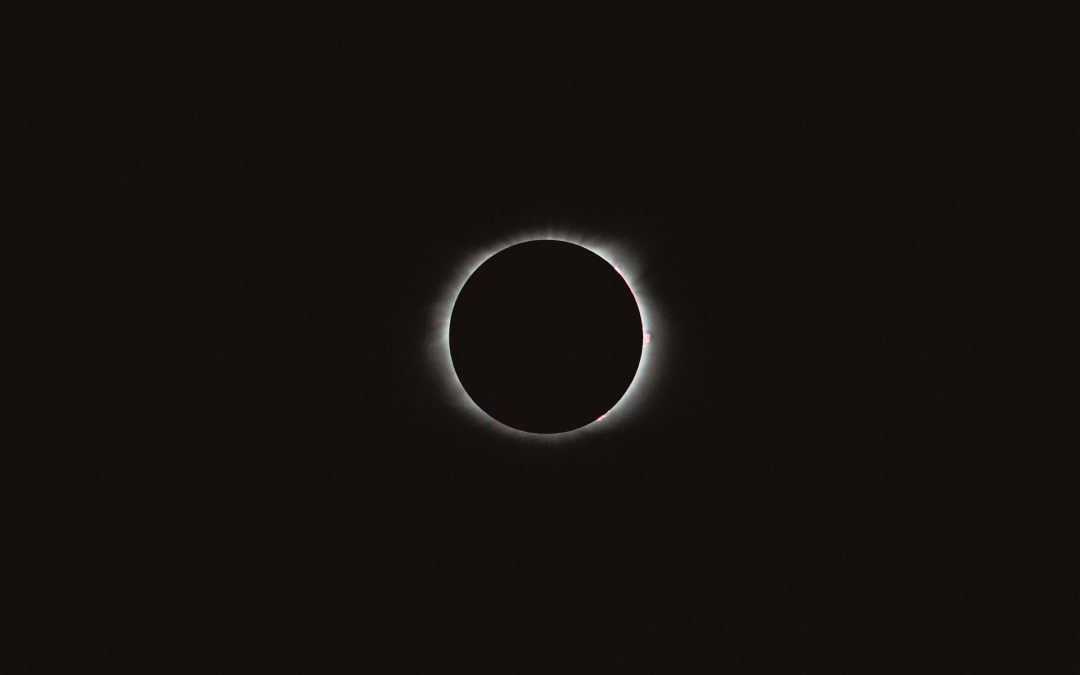
Once in a Lifetime Eclipse
It’s been a few weeks but on April 8th millions of us in the United States were in the path of a solar eclipse.
Here in Indiana, the main event was shortly after 3pm as the moon blocked the light from the sun for a few minutes.
Where I live, Ft. Wayne, Indiana, we were in the 99.9% of total blackout and I was going to attend a rooftop viewing party locally.
However a few days before, my daughter who lives in Colorado told me she and her husband and kids were making the trek back home to witness it first hand and they were going to a rural spot south of Ft. Wayne where her in-laws lived and could we join them?
Yes was the answer and like many others we made a drive to see the world go dark in the middle of the afternoon.
It was a cool experience and likely the last solar eclipse I will witness first hand in my lifetime considering the next one for where I live is in 2099 and I’d be well over 100 years+ old.
There were plenty of crazy people predicting the 2nd coming of Jesus, or the rapture, or other things that most of us ignored. For the most part, this was an event for the masses without any political division or any other of the things that can divide people.
Instead, it was a day where all people could enjoy the same thing without a lot of spin. Oh there was a lot of hype and some news organizations went overboard warning people to be prepared for the worst.
But it really was nothing more than a natural, predictable occurrence that was available for anyone to witness first hand either in person like we did or on screens like many others did.
And that my friends, was a refreshing change from the multiple divisions this world seems to foster.
I’ll toss in a marketing tidbit… Be honest about how you promote things in your business. Once in a Lifetime can only occur once every 75 years or so. And remember the old adage of Underpromise and Overdeliver. This year’s eclipse was like that for me and hopefully you too.


